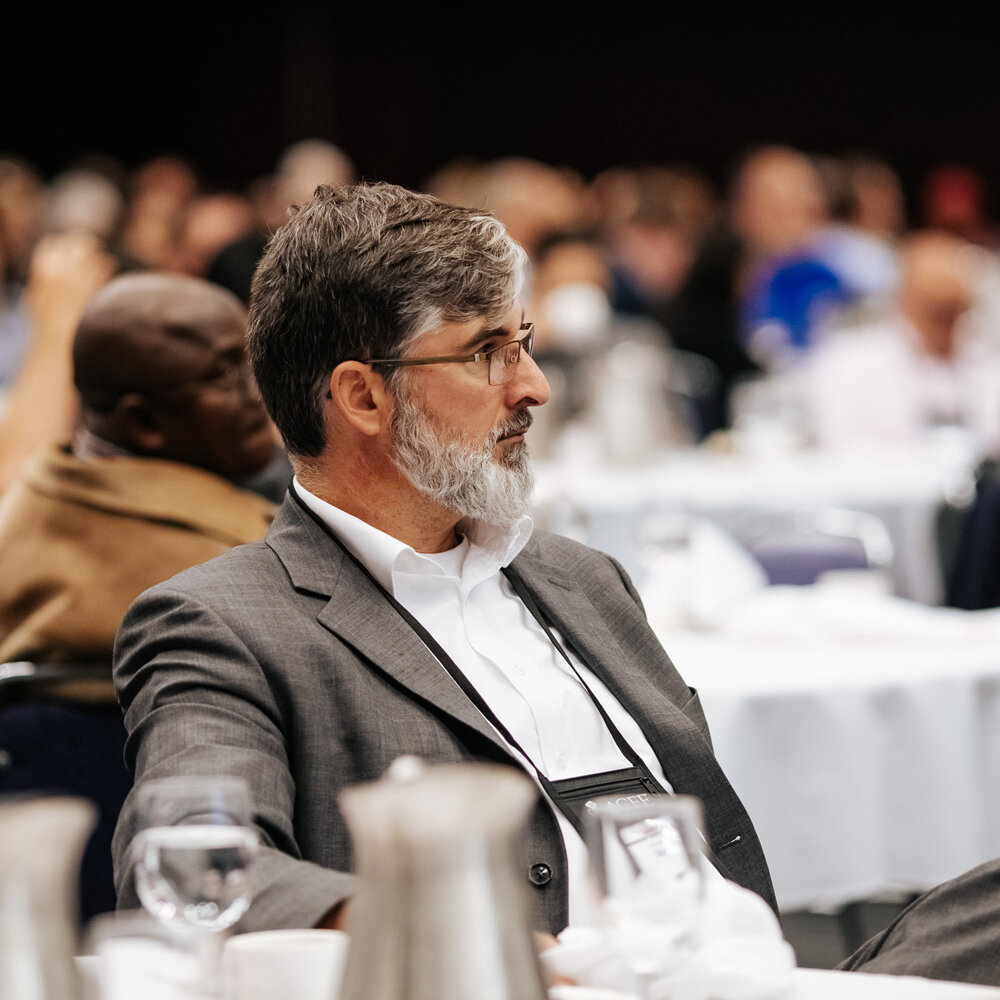How to Use Your Own Body Language to Gain Trust and Credibility
/Not even two minutes after body language expert and author Mark Bowden began his keynote presentation at the 2019 ACFE Fraud Conference Canada, he knew that the audience members had already formulated their individual opinions of him. “You have already decided whether you like me or not,” he said. “You have already judged me. You’ve got a little voice in your head who is talking about me right now.”
While the comment garnered some laughs, he backed up his assessment with some explanations about how our brains react when meeting someone new. He said that if we take evolution as a given, there is a part in our brains that makes snap judgments about the world around us. “You used that part of your brain to judge me in a fifth of a second,” he said. The part he is referring to is the brain stem, and it is looking for the risk or the benefit of a new person. It will decide to react in one of the four following ways:
Friend: The brain stem could see a person as a friend. In this option, the brain is asking, according to Bowden, “If I spend time with them, am I going to come out with more than I came in with?” If that is the case, you now have a positive cognitive bias, and you will hear what you like and distort and delete what you don’t.
Foe: If, based on behavior (like a negative introduction) or incompatible data through body language (like arms crossed or face covered), our brains will see someone as a threat or a risk. “You now have a negative cognitive bias around me, but it only gathers the bad stuff, and the good stuff gets distorted and deleted.”
Partner: If there is real electricity and excitement upon a first meeting, you will determine that someone is a potential sexual partner. Again, if we take evolution as a given, this is what our brain stem is deciding within the first few minutes of meeting someone. “I need you to understand just how simple your brain stem is about making judgments about other people. This is instant, not forever.”
Indifference: When the brain stem does not react in any way, it means it has turned off and is not listening or engaging anymore.
So, how can fraud examiners, interviewers and law enforcement use this information? As Bowden said, we have to think about how we want to come across to anyone we interact with, either as a witness or a suspect or as a colleague or executive. Do we want to gain the trust of people we are talking or working with, or do we want them to become indifferent to us? Or, even worse, are we displaying body language that could be interpreted as a threat or a risk?
“There is no bad body language; there [are] just results that you wanted or didn’t want. You can get the results that you want by using your body language on purpose,” he said. “We can leave it up to instinct or authenticity and see what we get, or we can choose our behaviors to get exactly the result we are trying to get.”
He advised attendees to do the following with their own body language to earn trust:
Open palm gestures. “We call this the ‘no tools, no weapons’ gesture. If you can see there is nothing in my hands to harm you, I am a lower risk. Instinct has no memory; it relies only on evolution.”
Keep open palm gestures at the middle part of your body or at your center of gravity because that is where the rest of your body, like your hands and arms, will follow.
Expand the body, but don’t overly display kill points like the neck, stomach, chest or upper legs. Bowden suggested keeping your shoulders open and back, but not too overly exposed since that could be misinterpreted as arrogance.
As investigators, you might often work hard to read the language of others around you without thinking how your own default movements could affect gaining the trust of others. With so many distractions, deadlines and busy schedules buzzing around our brains, Bowden’s advice to stop and think about how we are being interpreted provided a glimpse into how a little bit of thoughtfulness and planning around our body language can go a long way.



